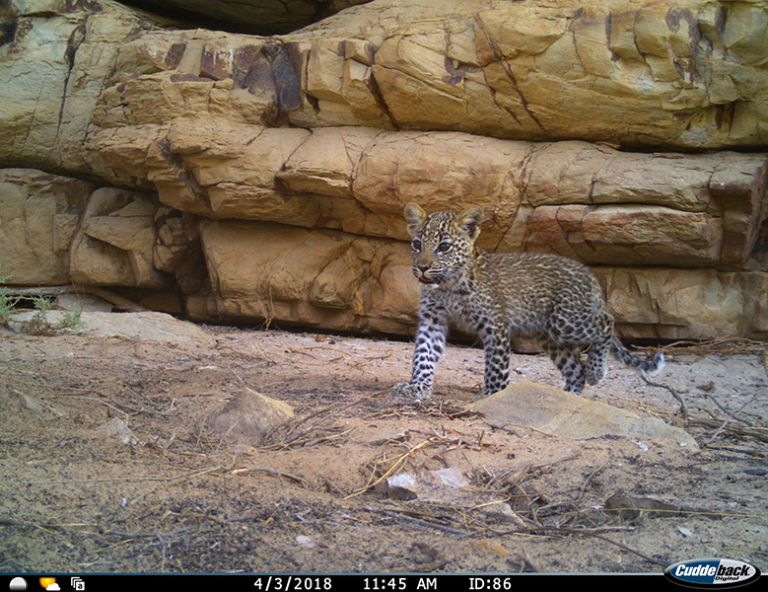As many of you will be aware, last year the Cederberg team completed a year-long camera trap survey with 146 camera traps covering an area of 1700km2. It was a huge undertaking, but from it we were able to collect some amazing footage of leopards and other wildlife that call the Cederberg home. With a massive task like that behind us, one would assume things are all plain sailing from here on. Far from it, the physical survey is just the first step.
The cameras generated around 500 000 photos that had to be sorted as well as logged into excel, and we are finally in the process of analysing the data, with the intention to submit the results for publication by the start of next year.
While this process alone is a mammoth task, it’s not the only priority for the team, and this year has brought its own challenges and opportunities. Over the past few weeks there have been some exciting developments for the Cape Leopard Trust Cederberg project. We are now extending our reach to the mountains surrounding Piketberg and rolling out a new camera trap survey. Preliminary recognisance is in full swing and the project has been well received by landowners and farmers, but there is still much to do before the deployment of our remote cameras. Tracks and signs are plentiful on many of the sites and promise to yield insightful information on this enigmatic leopard population.
To our dismay, an emergent snaring problem has been surfacing on farmlands under the Cape Leopard Trust’s watch, which has given rise to an entire division entirely dedicated to tackling this issue. We will continue to monitor and record snare activity as part of our broader leopard conservation work, and to investigate area specific drivers of this indiscriminate killing that has a massive impact on wildlife.
The Cederberg project arose out of the dire need to try and estimate leopard population density, as well as to understand their behaviour and movements, as well as the threats they face in order to better protect them. The most important result from our work will be the ability to use this information to develop a sustainable management plan for leopards which will hopefully reduce the immense predation pressures farmers are currently facing in the area and thus minimize persecution, which remains one of the biggest threats to leopard populations in the Cape. We have recently recruited a MSc student that will take the lead in this research. We would like to specifically thank Piketberg farmers Jacobus and Rens Smit for their support.
Watch this space for more updates!

















